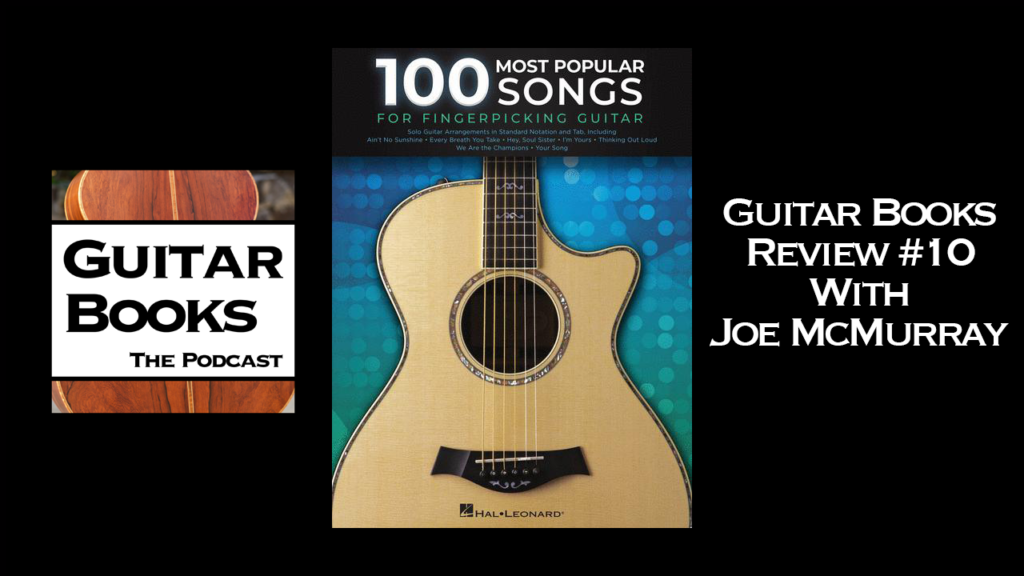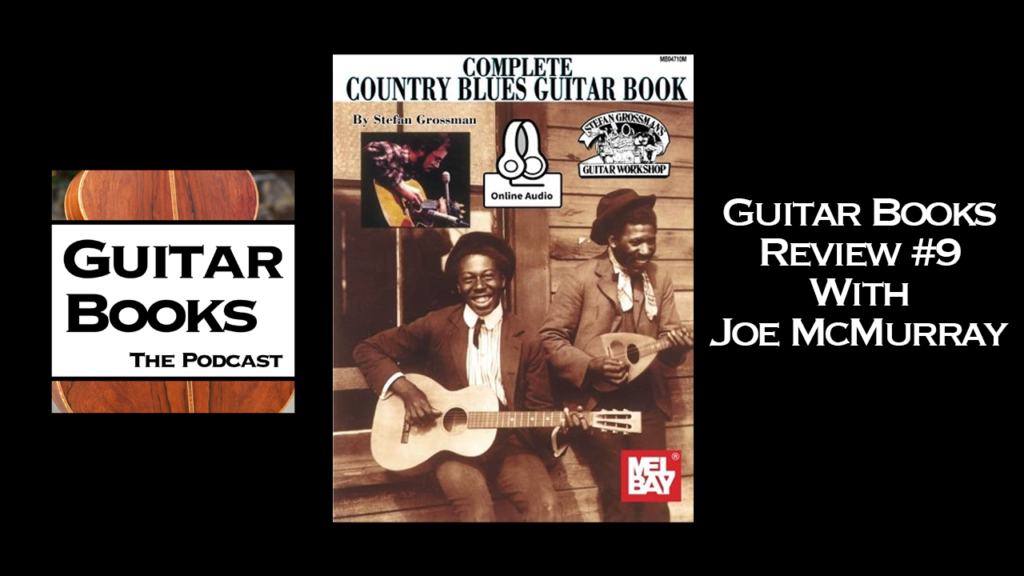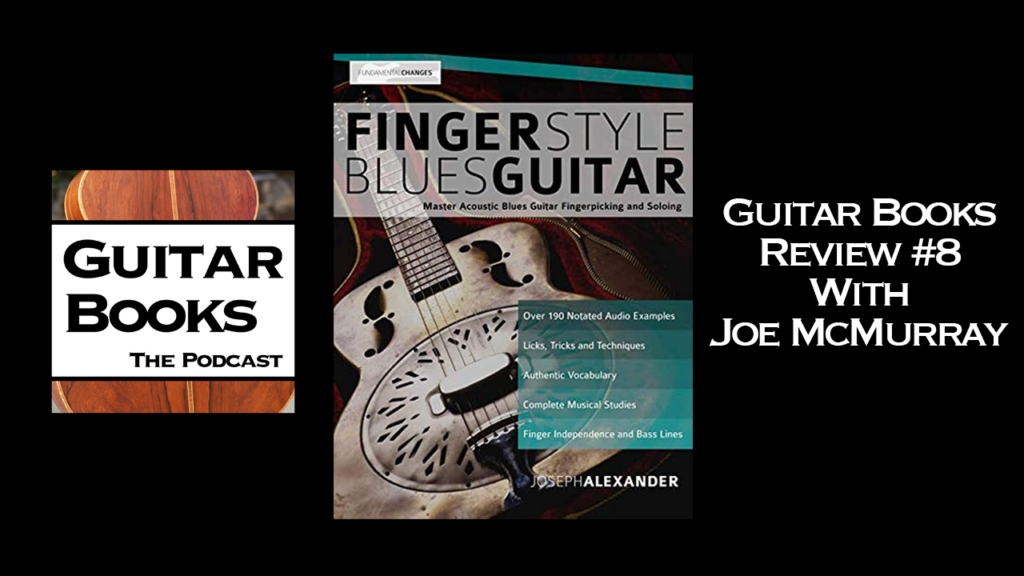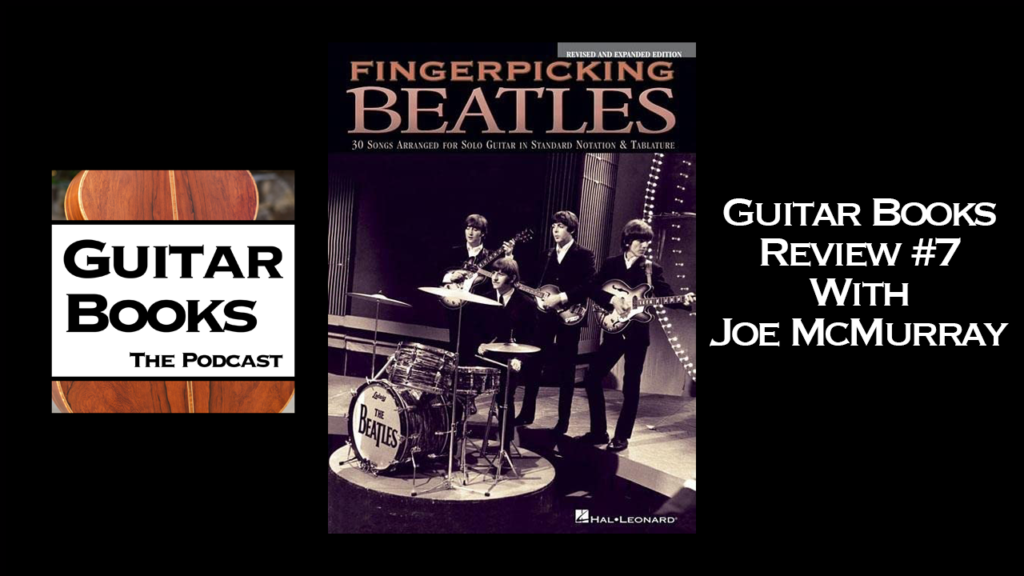Podcast: Play in new window | Download (Duration: 18:19 — 25.3MB) | Embed
Subscribe: Apple Podcasts | RSS | More
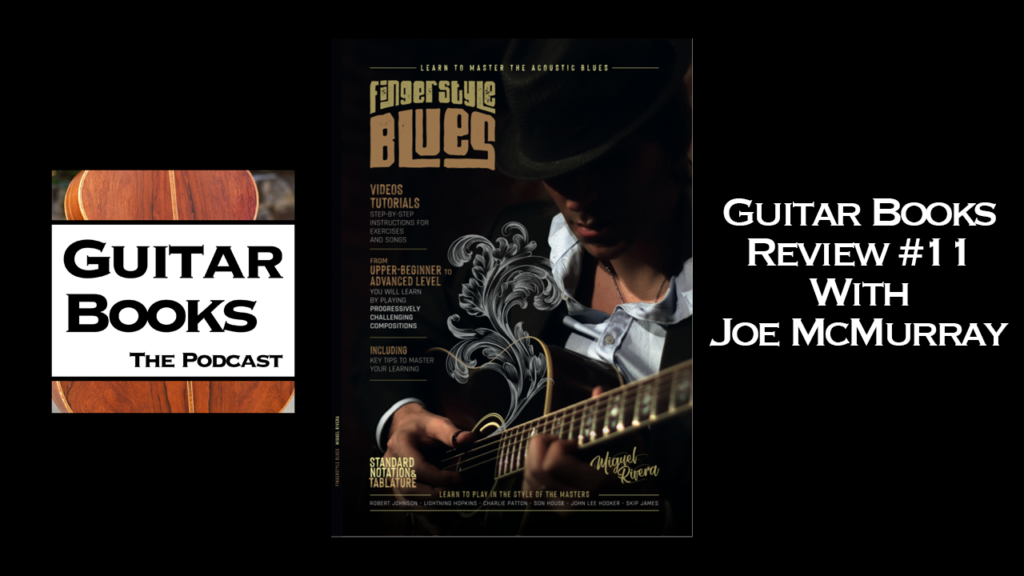
Is this one of the best or worst method books for fingerstyle blues guitar?
You can learn to play music using a variety of resources including teachers, online resources, and books.
Miggs Rivera’s Fingerstyle Blues is an inspiring, well-graduated method book for learning to play fingerstyle blues. It is aimed at intermediate and advanced fingerstyle players. Each chapter ultimately provides a full performance tune, but starts by describing a new concept or technique (or two) and providing examples that prepare you for the performance song. As advertised, this book is focused entirely on fingerstyle blues with deep dives into various substyles including delta blues (Robert Johnson), boogies (John Lee Hooker), slide blues (Son House), and Texas blues (Lightning Hopkins). There is even a tune that has a modern character with some jazzier chords.
I love how in each chapter the book provides technical exercises that directly prepare you for the upcoming performance tune. Often the author will simplify a section of the performance tune and then provide more complexity with each subsequent example. The first chapter of the book presents a somewhat basic 12-bar blues, then provides 5 separate 12-bar variations that each focus on adding a new technique (hammer-on grace notes, slide grace notes, rubato bends, chords fragments, rubato bends on the higher and lower strings), and finally culminates in an all-inclusive performance tune. Mr. Rivera really hit the nail on the head with his teaching approach.
The author provides some music theory, but only that which is immediately applicable to an upcoming performance tune. You will spend much more time playing music than analyzing music theory.
The book includes access to private/un-searchable YouTube video lessons through QR codes. You will need a cell phone that can pull these up. These videos are extremely helpful as they include explanations and demonstrations by the author. These are particularly useful as they show you the proper rhythms and feel.
One thing to note about this book is that it doesn’t emphasize improvisation which is a huge part of blues music. However, you could learn about improvisation elsewhere (with a private teacher or with a book like Joseph Alexander’s Fingerstyle Blues Guitar) and then implement it into the tunes of this book.
- Authentic sounding fingerstyle blues tunes.
- Excellent difficulty graduation – examples build off each other and get gradually more complex and difficult. Cohesive feel throughout the book, especially as the final performance tune pulls from the earlier tunes.
- Not much emphasis on improvisation.
- Online video lessons are extremely helpful – difficult rhythms and feel are much easier to learn with the videos.
The book does introduce some modern percussive techniques used by modern players like Michael Hedges, Don Ross, Andy McKee, Mike Dawes, etc. You will learn to play thumb slaps and various percussive hits on the guitar body.
I would recommend that you use an acoustic steel string or electric guitar. You could use a nylon string classical guitar if absolutely necessary, but I wouldn’t recommend it.
Independently published by Miggs Rivera. © 2020
eBook: Arranging for Fingerstyle Guitar: go to http://joemcmurray.com/checkout/ to purchase a pdf of my eBook.
Riding the Wave: my second fingerstyle guitar album is available on all streaming platforms.
Pins on the Map: my third fingerstyle guitar album will soon be released.
